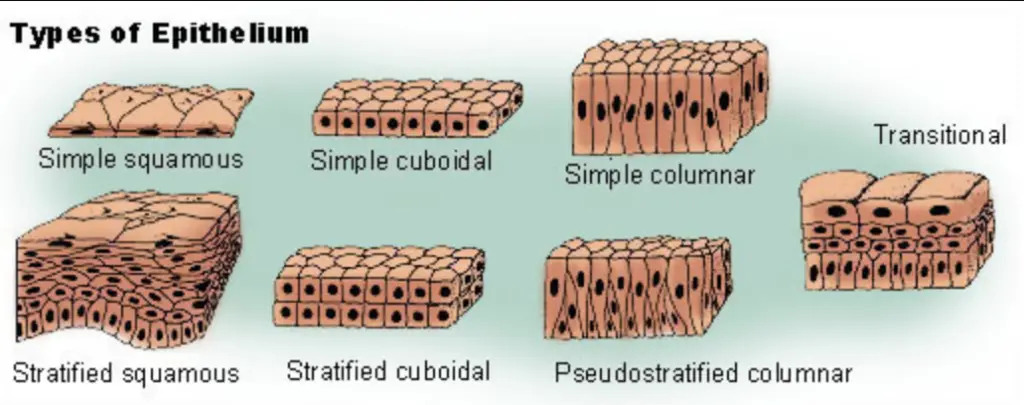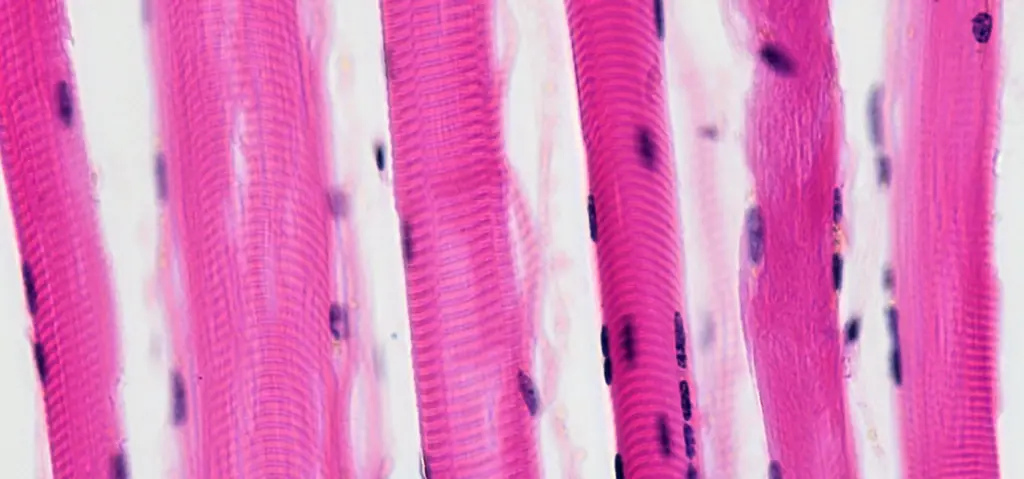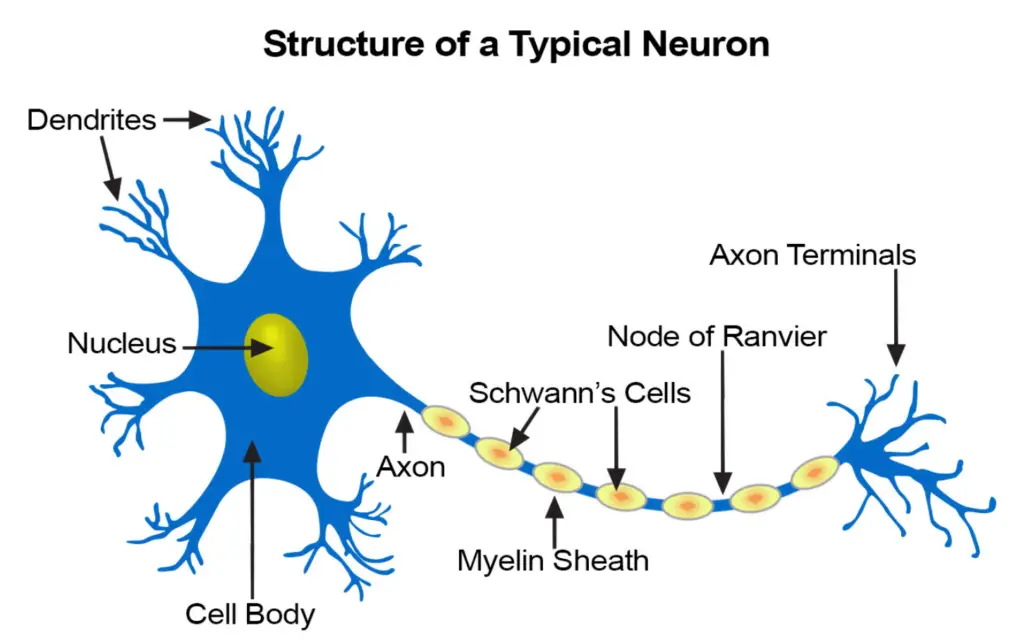Tissue is a group of similar cells that work together to perform a specific function in the body. These cells are often organized into layers or clusters and share a common structure and function. Tissues are the building blocks of organs, and they play a fundamental role in the structure and function of multicellular organisms. There are four primary types of tissues in the human body: epithelial, muscular, nervous, and connective tissues, each with distinct properties and functions.
Classification of Tissues:
1. Epithelial Tissue:
Structure: Epithelial tissue is composed of closely packed cells arranged in one or more layers. It is typically found on surfaces exposed to the external environment or lining internal cavities and organs. Specialized junctions tightly join epithelial cells together and may have cilia or microvilli on their apical surfaces.

Location: Epithelial tissue covers the body’s external surfaces, lines the digestive tract, respiratory tract, and urinary tract, and forms various glands (e.g., sweat glands, salivary glands).
Functions:
Protection: Epithelial tissue forms a barrier that protects underlying tissues from physical injury, pathogens, and dehydration.
Absorption: Some epithelia have specialized cells for absorbing nutrients and substances from the external environment.
Secretion: Glandular epithelial cells secrete various substances, such as mucus, hormones, and enzymes.
Sensory Reception: Specialized epithelial cells make up some sensory receptors, such as taste buds and olfactory cells.
2. Muscular Tissue:
Structure: Muscular tissue consists of elongated muscle cells (muscle fibers) that contain contractile proteins. There are three types of muscle tissue: skeletal, smooth, and cardiac, each with distinct structural characteristics.

Location:
Skeletal Muscle: Attached to bones, responsible for voluntary movements.
Smooth Muscle: Found in the walls of internal organs (e.g., digestive tract, blood vessels), responsible for involuntary movements.
Cardiac Muscle: Forms the walls of the heart, responsible for involuntary contraction of the heart.
Functions:
Contraction: Muscular tissue contracts to move, whether voluntary (skeletal muscle) or involuntary (smooth and cardiac muscle).
Force Generation: Muscles generate the force needed for bodily movements, including posture maintenance, digestion, and circulation.
3. Nervous Tissue:
Structure: Two main types of cells compose nervous tissue: neurons (nerve cells) specialize in transmitting electrical signals, while neuroglia (glial cells) support and protect neurons.

Location: The central nervous system (CNS), which includes the brain and spinal cord, primarily contains nervous tissue. Additionally, nervous tissue is found in the peripheral nervous system (PNS).
Functions:
Sensory Reception: Neurons receive sensory information from the environment or from other neurons.
Integration: Neurons process and integrate sensory information to make decisions.
Motor Output: Neurons transmit signals to effectors (muscles and glands) to produce a response.
Communication: Nervous tissue allows rapid communication within the body, enabling coordination of all bodily functions and responses to stimuli.
4. Connective Tissue:
Structure: Connective tissue is the most diverse and abundant type of tissue. It includes cells (e.g., fibroblasts, adipocytes), fibers (e.g., collagen, elastin), and an extracellular matrix (ECM) composed of ground substance and fibers. The ECM varies in consistency from solid (bone) to semi-solid (cartilage) to fluid (blood).
Location: Connective tissue is widespread throughout the body and can be found in various forms:
– Dense Connective Tissue: Forms tendons and ligaments.
– Loose Connective Tissue: Found beneath the skin (subcutaneous tissue) and between organs.
– Cartilage: Located in joints, the nose, and the trachea.
– Bone: Comprises the skeleton.
– Blood: Circulates throughout the cardiovascular system.
Functions:
– Structural Support: Connective tissues provide structural support and integrity to the body.
– Protection: Bones protect vital organs, and blood carries immune cells and antibodies for defense.
– Storage: Adipose tissue stores energy, and cartilage stores minerals.
– Transportation: Blood transports oxygen, nutrients, hormones, and waste products throughout the body.
These four primary tissue types work together to form organs and organ systems, allowing the body to function as a coordinated whole. Their unique structures and functions are essential for maintaining homeostasis and carrying out various physiological processes.




